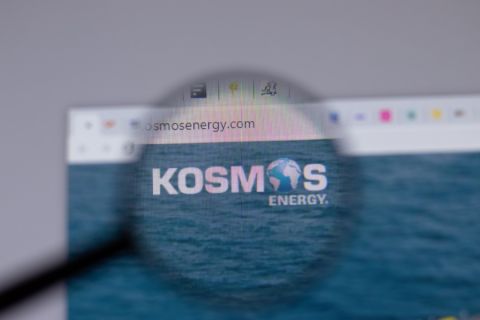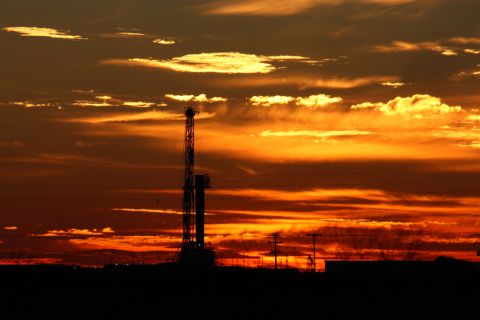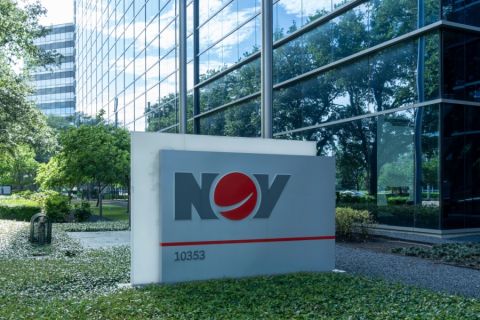Watch out for the impact of floating LNG (FLNG) storage in 2017 and 2018, particularly during the seasonal “shoulder months,” Genscape advised.
In a piece by LNG and natural gas analyst Ted Michael, the firm expects an increased global need for floating offshore storage as U.S. and Australian liquefaction trains continue to ramp up.
“With the 40% rise in global supply will come an increased need to track floating offshore storage and the total volume of LNG at sea, for a more complete understanding of global supply and demand,” Michael wrote.
Global production was about 991 MMcm/d (35 Bcf/d) at year-end 2015, Genscape said. By 2019, with U.S. and Australian plants completing construction and shipping output, plans are for production to hit about 1.4 Bcm/d (50 Bcf/d). The problem is that traditional markets—Europe and Northern Asia—are not offering demand growth as a result of regulations, competition from other fuels and price controls.
But the supply will increase, which may turn LNG ships into floating storage units, similar to crude oil tankers in that segment of the industry.
Michael cited an article in PortVision: “Low prices and abundant supplies have created what is being called ‘homeless LNG:’ liquid natural gas without committed buyers being housed in tanker ships roaming the high seas.”
Genscape sees two classes of FLNG storage: ships delayed offshore, like those that have been observed backing up in Tokyo Harbor; and floating storage and regas units (FSRU).
The first is caused by lower-than-expected demand and has occurred recently offshore Japan and South Korea. In this situation, utilities are reluctant to be caught short until winter peaks.
FSRUs have a dry dock build turnaround time of 12 to 18 months and can be leased or installed for less than $300 million. This gives them a significant cost advantage over land-based regasification plants and storage facilities that can take up to four years to build and cost as much as $1 billion.
—Joseph Markman
Recommended Reading
E&P Highlights: April 29, 2024
2024-04-29 - Here’s a roundup of the latest E&P headlines, including a new contract award and drilling technology.
Kosmos Energy’s RBL Increased, Maturity Date Extended
2024-04-29 - Kosmos Energy’s reserve-based lending facility’s size has been increased by about 8% to $1.35 billion from $1.25 billion, with current commitments of approximately $1.2 billion.
Barnett & Beyond: Marathon, Oxy, Peers Testing Deeper Permian Zones
2024-04-29 - Marathon Oil, Occidental, Continental Resources and others are reaching under the Permian’s popular benches for new drilling locations. Analysts think there are areas of the basin where the Permian’s deeper zones can compete for capital.
NOV Announces $1B Repurchase Program, Ups Dividend
2024-04-28 - NOV expects to increase its quarterly cash dividend on its common stock by 50% to $0.075 per share from $0.05 per share.
Chevron Hunts Upside for Oil Recovery, D&C Savings with Permian Pilots
2024-02-06 - New techniques and technologies being piloted by Chevron in the Permian Basin are improving drilling and completed cycle times. Executives at the California-based major hope to eventually improve overall resource recovery from its shale portfolio.





